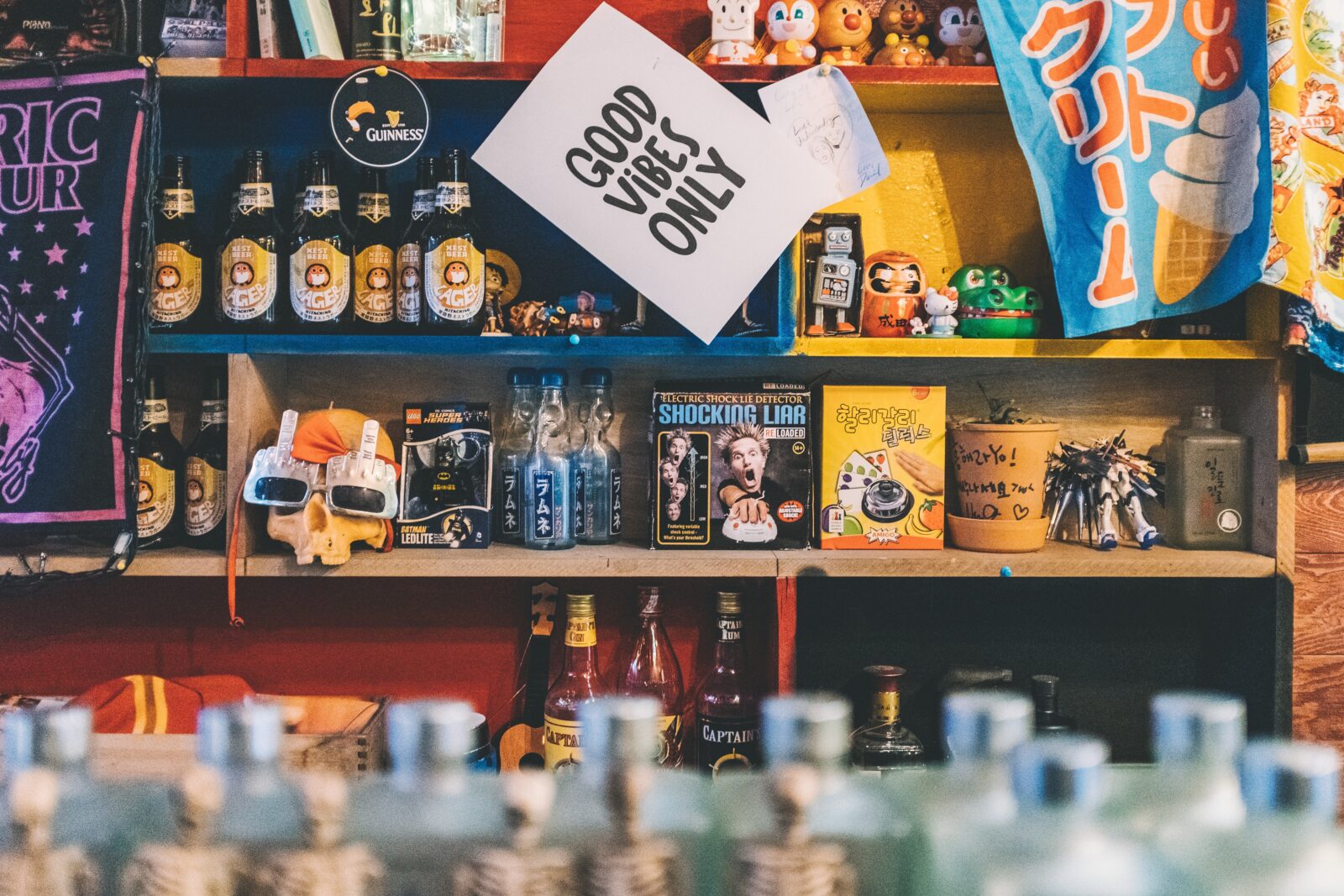“Only Koreans are allowed because our employees are not able to communicate in English. It is not racist. Sorry. Please be generous about it,” reads a sign outside a bar in Hongdae—one of Seoul’s most popular neighborhoods for foreigners.
Discrimination based on race or nationality is not illegal in South Korea. Frequently, business owners will put similar “no foreigner” signs on their front doors and many nightclubs are notorious for outright refusing to let non-Koreans inside.
For the past 16 years, there has been a push for the introduction of a comprehensive anti-discrimination bill; however, all attempts have been rejected by the South Korean Parliament. In 2014, the UN called out the government for breaching its treaty obligations, yet almost ten years later, action still needs to be taken.
There are also many nuanced yet significant challenges of living as a foreigner in Korea. Without a Korean national identity card or phone number, people cannot reserve tables at restaurants, order delivery or book a taxi in advance. This has resulted in the creation of apps specifically to help foreigners navigate and warn others of discriminatory establishments around the country.
The number of exclusionary nightclubs has significantly increased in recent years—with some even banning specific nationalities and races. In a viral TikTok video, a foreigner in Korea shows a sign listing “Morocco, Algeria, Libya, Egypt” as nationalities forbidden from entering a Seoul nightclub. Another viral TikTok post shows a man walking by an infamously discriminatory club and getting pinned against the wall by security. Actions like these are beginning to raise many red flags as blatant acts of racism.
As a largely homogenous country, xenophobia and prejudice against non-Koreans is not a new phenomenon. With a foreign population of only 0.5% in 2000, the country is still adjusting to racial diversity in its population. The nation’s foreign population has tripled in the last decade (with most immigrants coming from China, Vietnam, Thailand and the U.S.) and is expected to increase in the upcoming years.
Yet multiculturalism is becoming an integral part of Korean society. Popular neighborhoods in Seoul, including Itaewon and Hongdae, have grown diverse and include businesses owned by many foreign nationals. Upon entering Itaewon, a giant blue sign hangs over the street that says “Welcome to Korea!” and sidewalks are filled with gold plaques representing countries from all around the world.
Famous Korean shows like “Itaewon Class” have raised awareness for tackling the ‘taboo’ of racial discrimination against many foreigners. The character Toni, who is half Korean and half Guinean, has to explain to customers why he doesn’t speak English at his restaurant. This show received overwhelmingly positive feedback for the portrayal of struggles experienced by minorities, even in Korea’s most diverse neighborhood, Itaewon.
Looking into the future, the government plans to attract 300,000 foreign college students by 2027 through the Study Korea 300K Project. Multiculturalism is integral to that goal and is becoming increasingly important for the economy. South Korea also intends to have these students stay long-term—offering a fast-tracked path to permanent residence if they study at a Korean university. This project has been put in place to increase economic activity by increasing the amount of high-skilled workers.
Though there is a push to embrace diversity and migration for college degree individuals, the South Korean government treats its migrant workers poorly, subjecting them to dangerous living conditions and providing few worker protections. This system has been cited as “modern-day slavery” with over 500 Thai national deaths alone since 2015.
Migrant workers typically enter the country through the Employment Permit System (EPS) that legally ties them to their usually abusive employers. Currently, around 500,000 migrant workers are doing the so-called ‘dirty work’ (manufacturing, agriculture, and construction, among others) that South Koreans frown upon as an occupation. Half of these workers are there through the EPS and the other half are undocumented—usually overstaying their tourist visas. Documented or not, there are no legal systems in place to protect labor rights nor protections from arbitrary expulsion.
In the past couple of years, there has been a dramatic increase in protests showing support for migrant worker rights. Many of these demonstrations have been fighting against the thousands of “unknown” manufacturing workers’ deaths. These large-scale demonstrations portray that Korean nationals are concerned about the well-being of foreign national workers. The government must realize that the future relies on foreigners working blue and white-collar jobs in the country.
South Korea’s tug-of-war with becoming an increasingly multicultural society goes beyond just the need to implement anti-discriminatory policy. With the world’s lowest fertility rate, at 0.78, immigration may be the only answer to ensuring South Korea’s future as a nation. The number of foreign-born residents is expected to reach 10% by 2030, meaning the country must address these issues now and spearhead inclusivity from the workplace to nightclubs.
The entire definition of South Korea’s national identity is changing at an exceptional rate. This tug-of-war is the result of these growing pains that were bound to happen. Rapid globalization coupled with the expansion of Korea’s soft power has had massive outreach to various demographics—something Korea has not previously experienced.
There is a difference between discrimination and rejecting Westernization that Korea must acknowledge when considering the impacts of racism within the country. Further, there are ways to implement anti-discriminatory policy without using Westernized frameworks that the country can consider. Putting up a sign that states “no foreigners allowed” is designed specifically to bar people from entry due to the color of their skin.
Looking past the deaths of thousands of foreign national migrant workers is racism and a massive human rights violation that both Korean citizens and international institutions are beginning to become alarmed about.
How will South Korea adapt to the transformation of its culture and identity? It’s up to the government to figure it out, and they should act hastily—to secure the economic and social goals they outline in the Study 300K Project and to hire a needed 300,000 migrant workers by 2030. It is crucial that the government stops the harm it allows migrant workers to endure and it must end the mistreatment of foreigners by businesses.







